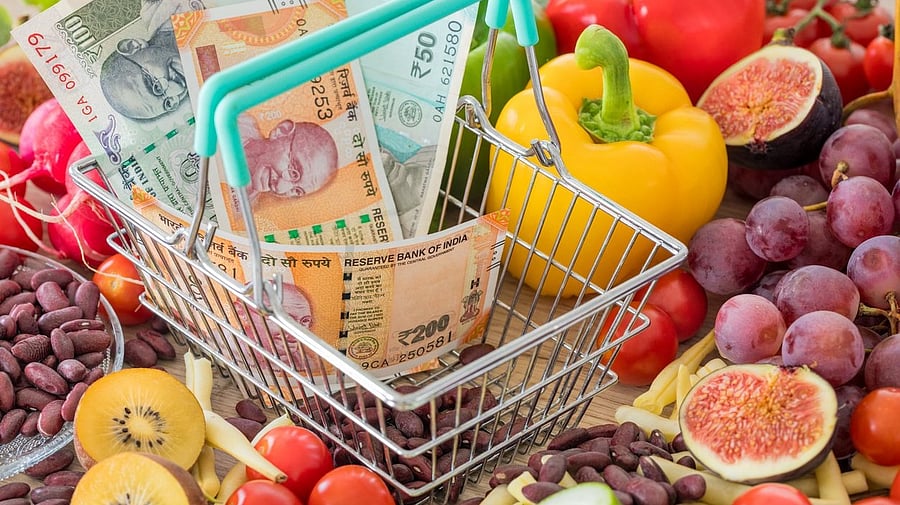
Vegetable prices fell 1.07% year-on-year, compared with an 11.35% increase in January. (Representative image)
India’s headline retail inflation eased to a seven-month low of 3.61% in February, helped by a sharp decline in food price rise, providing room for the Reserve Bank of India (RBI) to cut interest rates in April, as per data released by the National Statistics Office (NSO) on Wednesday.
The Consumer Price Index (CPI) based inflation, which the RBI monitors for its policy rate action, declined below the central bank’s medium-term target of 4per cent for the first time in six months. February inflation was the lowest since July 2024 when it was recorded at 3.60 per cent.
While overall inflation moderated, the core inflation jumped to 4.08 per cent, crossing the 4 per cent mark after 14 months.
Food inflation, which makes up around half of the overall CPI basket, eased to 3.75 per cent in February from 5.97 per cent in the previous month. A sharp decline of 222 basis points was observed in food inflation in February in comparison to January.
“The inflation trajectory is turning more benign than earlier expectations thereby creating further room for sharper monetary easing,” said Upasna Bhardwaj, Chief Economist at Kotak Mahindra Bank. “We expect 25 basis points rate cut each in April and June policy along with a shift in the stance to accommodative. Beyond June, we continue to monitor the downside risks to growth to decipher room for additional rate easing.”
In February, the RBI lowered policy repo rate by 25 basis points or 0.25 per cent. The upcoming bi-monthly meeting of the RBI’s rate setting panel Monetary Policy Committee is scheduled from April 7 to 9. ICRA Chief Economist Aditi Nayar said the headline inflation falling below 4 per cent has cemented the expectation of a back-to-back rate cuts. She said the RBI is likely to cut the policy repo rate by 25 basis points in April followed by a similar reduction either in June or August.
“We are apprehensive that tight liquidity conditions may delay transmission of policy rate cuts to bank deposit and lending rates,” Nayar said.